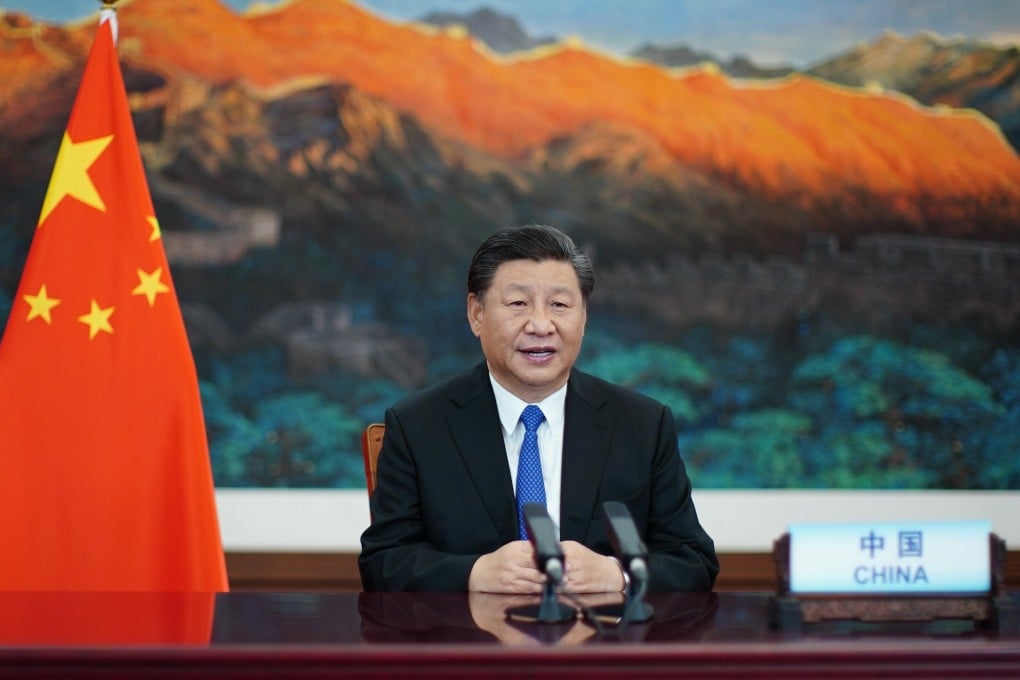Editorial | Changes on way in Beijing’s new five-year plan
- With greater emphasis on upgrading technology and protecting an environment stressed by development, it poses a test of Chinese political will and implementation

The Politburo has set a date for China’s most important annual political meeting with the country at a crossroads. The fifth plenum of the 19th party congress towards the end of October will roll out the 14th five-year plan for social and economic development from 2021 to 2025.
Hundreds of full and alternate members of the party’s Central Committee will endorse the blueprint, along with a midterm economic strategy called the “2035 vision”.
Sustainable growth in gross domestic product remains an abiding goal of China’s economic management. What sets this plenum apart is a markedly different external environment, with the domestic economy at a critical juncture.
The Covid-19 pandemic and the US-China trade war, at the same time as resistance to China’s rise, have driven a global contraction that impacts heavily on its export-oriented economy.
This has prompted Beijing to adopt a new “dual circulation” strategy that assigns domestic consumption a higher profile role in economic growth, alongside the export manufacturing sector, amid the retreat of globalisation and the risk of decoupling from the United States economy.
As a result, the next five-year plan can be expected to reflect a greater emphasis on upgrading technology and protecting an environment stressed by development. There may be general acceptance of the need for this change, but it remains a test of political will and implementation.
